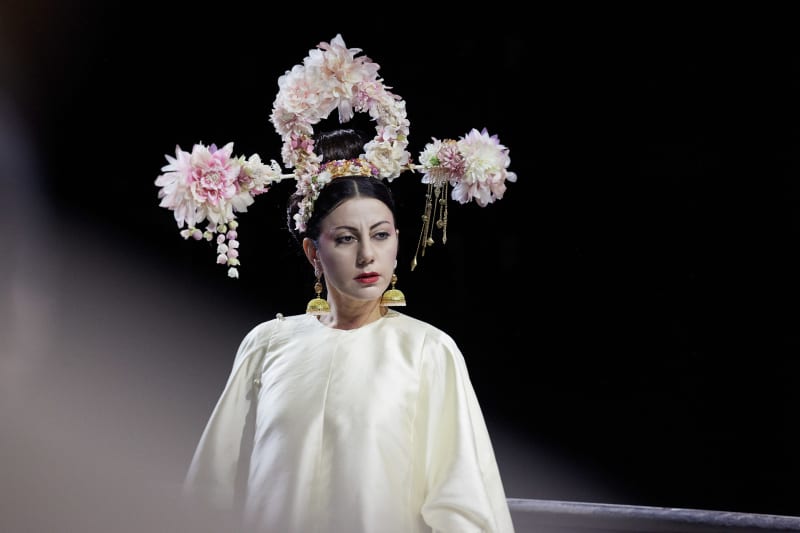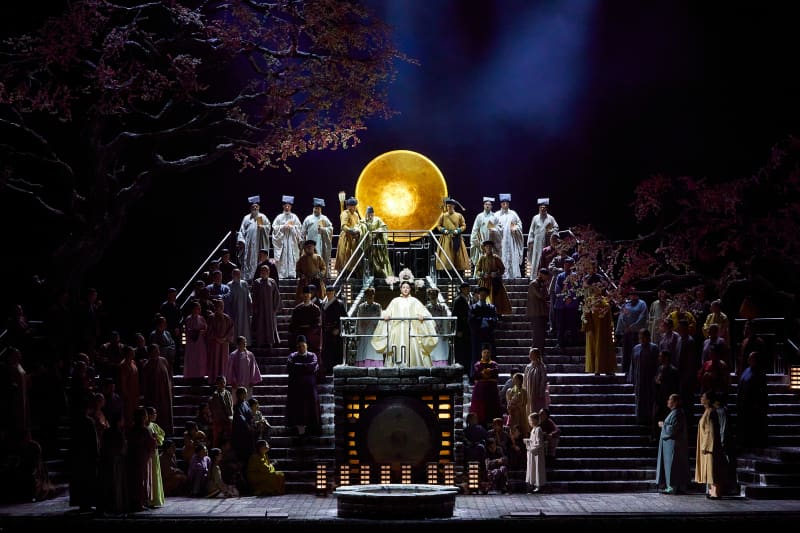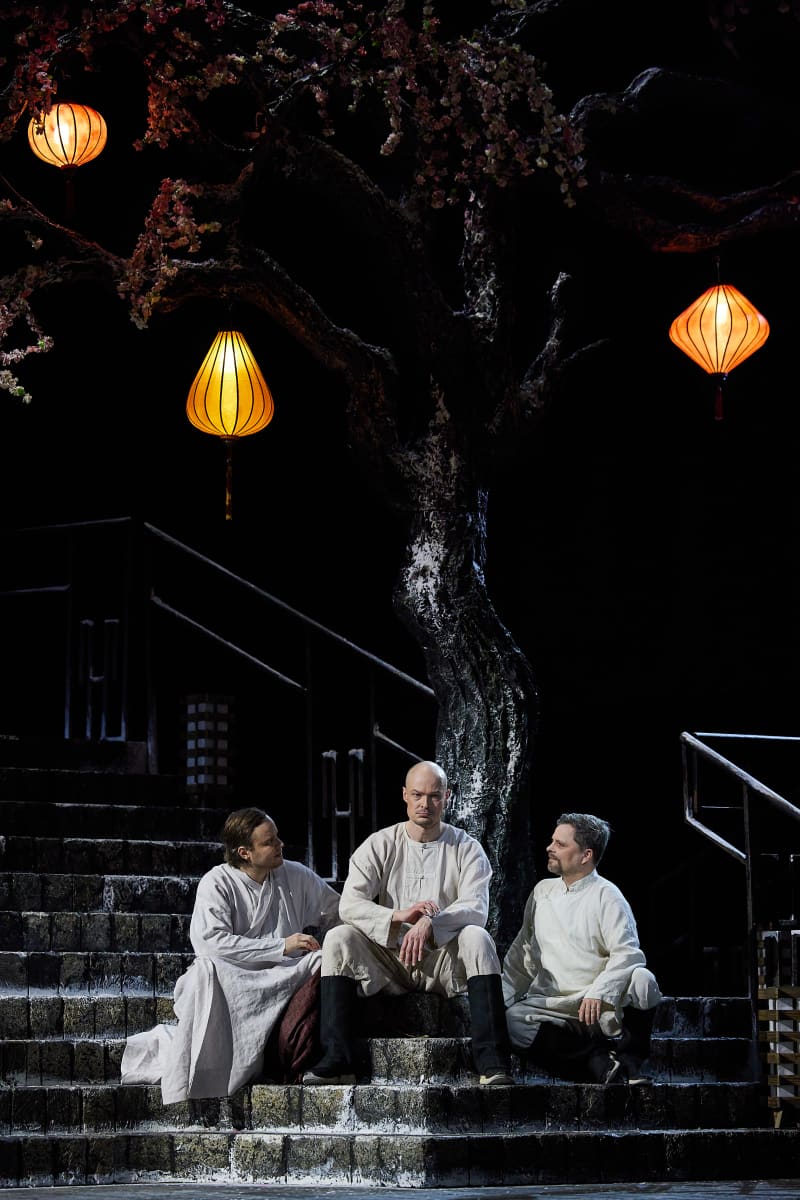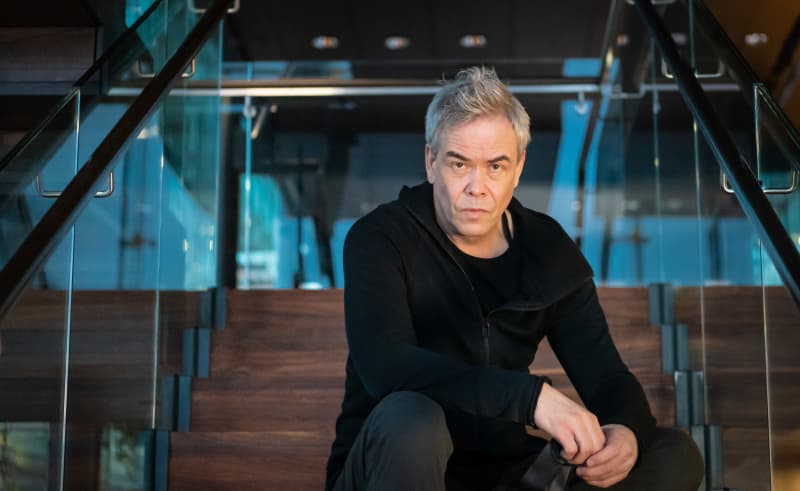
The National Opera’s Turandot received criticism for its clichéd staging. Chief conductor Hannu Lintu voiced his own opinion on the matter.
Rarely does a cherry tree grow into a topic of cultural debate, but it can happen.
The basis of the debate is the orientalism written in *Turandot*, which takes place in a fairy-tale China. The work premiered in 1926, at a time when exoticizing and fairy-tale-like depictions of Eastern cultures were fashionable in the West.
In the opera in question, the events are described more or less through European eyes, stereotyping the East, depending on the production-specific solutions.

\”The production of Turandot can hardly get any more clichéd than this\”
In his criticism, Hautsalo paid more attention to the tumultuous relationship between the production of the National Opera and Orientalism. For a reason, because the manual for the work states separately that the director is now trying to weed out the outdated stratifications of the performance tradition. The National Opera therefore recognizes the potential pitfalls of the work.
– It’s a pity, the production of *Turandot* can hardly become more cliché than this, acknowledged Hautsalo in his assessment.

The chief conductor does not digest criticism of orientalism
The chief conductor of the National Opera, who conducted the premiere of Turandot, did not digest Liisamaija Hautsalo’s criticism of orientalism.
At first, the conductor notes that \”the story of Turandot can be found in old Persian story collections, where it has ended up in the fable treasury of Central Asia, China and even Russia\”.
– \”Exoticism\” in this case is created by the cultures that Hautsalo thinks Puccini deals with \”through negative stereotypes\ Lintu thunders.
In addition, the conductor states that he does not understand where Turandot has a negative stereotype.
– In the cruelty of the title role? Or in the fact that the stage manager sets up a cherry tree on the stage? I see that kind of thinking as reverse racism.

A fiery phenomenon
Said’s work started a trend called postcolonial criticism, which has garnered both significant support and harsh criticism.
In a few ten years, we haven’t gotten far from the tree. The interaction between East and West is still a volatile phenomenon.
– For me, Orientalism means enormous wealth instead of cultural colonialism, which colored and inspired Western art in a new way, Lintu writes in his update.
All 11 remaining performances of Turandot at the National Opera are sold out.
*Listen to Maisteri Lindgren’s podcast, which reviews, among other things, the events of the Turandot screening of the Savonlinna Opera Festival from 2018:*
*Could the cherry tree standing on the opera stage be orientalism and therefore a form of racism? Discuss below.*
